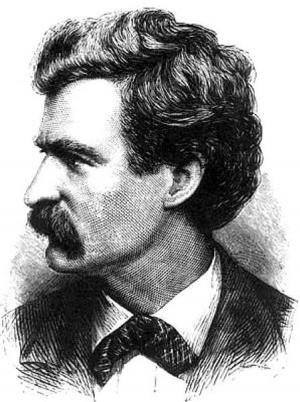An Act of Everyday Life Treated as a Pretended Dream and Interpreted by Psychoanalysis
Nonfiction, Religion & Spirituality, New Age, History, Fiction & Literature| Author: | Raymond Bellamy | ISBN: | 9781465593368 |
| Publisher: | Library of Alexandria | Publication: | March 8, 2015 |
| Imprint: | Language: | English |
| Author: | Raymond Bellamy |
| ISBN: | 9781465593368 |
| Publisher: | Library of Alexandria |
| Publication: | March 8, 2015 |
| Imprint: | |
| Language: | English |
A RECENT article by Brill, entitled “Artificial Dreams and Lying,” recalled to me a little work I did two years ago while engaged in making an introductory study of dreams as a thesis at Clark University. The part which is hereby submitted is a fragment of a larger work and, being only a sort of side issue, was never included in the thesis proper. I have made only such changes as were made necessary by the fact that this is a fragment and needed one or two minor changes to make it complete. Let me say at the beginning that I have the greatest and most profound respect for Freudian theories as interpreted by G. Stanley Hall and other men of like scholarly ability, but I have never been able to accept the more extreme form of Freudianism as interpreted by some of the most prolific writers in this field. I have found that the charges made by Habermann are substantially true. I find it very helpful indeed, to try to interpret my own dreams and to assist some of my students to do so according to the Freudian formula, and to a certain point I believe these interpretations are undoubtedly true. The question is to find the point beyond which the interpretation becomes artificial. Personally, I believe that this will always have to be decided finally by the individual himself rather than by some outsider who insists on reading in a certain interpretation. I have come to believe that it is possible for one to become trained to the point at which he is able to decide just how far the interpretation goes, or, at least, to approximate it. With these few introductory remarks I shall submit the paper, which was written in 1912. I have not appended the rather long and cumbersome bibliography from which I drew these references, but I can supply any reference that is wanted.
A RECENT article by Brill, entitled “Artificial Dreams and Lying,” recalled to me a little work I did two years ago while engaged in making an introductory study of dreams as a thesis at Clark University. The part which is hereby submitted is a fragment of a larger work and, being only a sort of side issue, was never included in the thesis proper. I have made only such changes as were made necessary by the fact that this is a fragment and needed one or two minor changes to make it complete. Let me say at the beginning that I have the greatest and most profound respect for Freudian theories as interpreted by G. Stanley Hall and other men of like scholarly ability, but I have never been able to accept the more extreme form of Freudianism as interpreted by some of the most prolific writers in this field. I have found that the charges made by Habermann are substantially true. I find it very helpful indeed, to try to interpret my own dreams and to assist some of my students to do so according to the Freudian formula, and to a certain point I believe these interpretations are undoubtedly true. The question is to find the point beyond which the interpretation becomes artificial. Personally, I believe that this will always have to be decided finally by the individual himself rather than by some outsider who insists on reading in a certain interpretation. I have come to believe that it is possible for one to become trained to the point at which he is able to decide just how far the interpretation goes, or, at least, to approximate it. With these few introductory remarks I shall submit the paper, which was written in 1912. I have not appended the rather long and cumbersome bibliography from which I drew these references, but I can supply any reference that is wanted.















